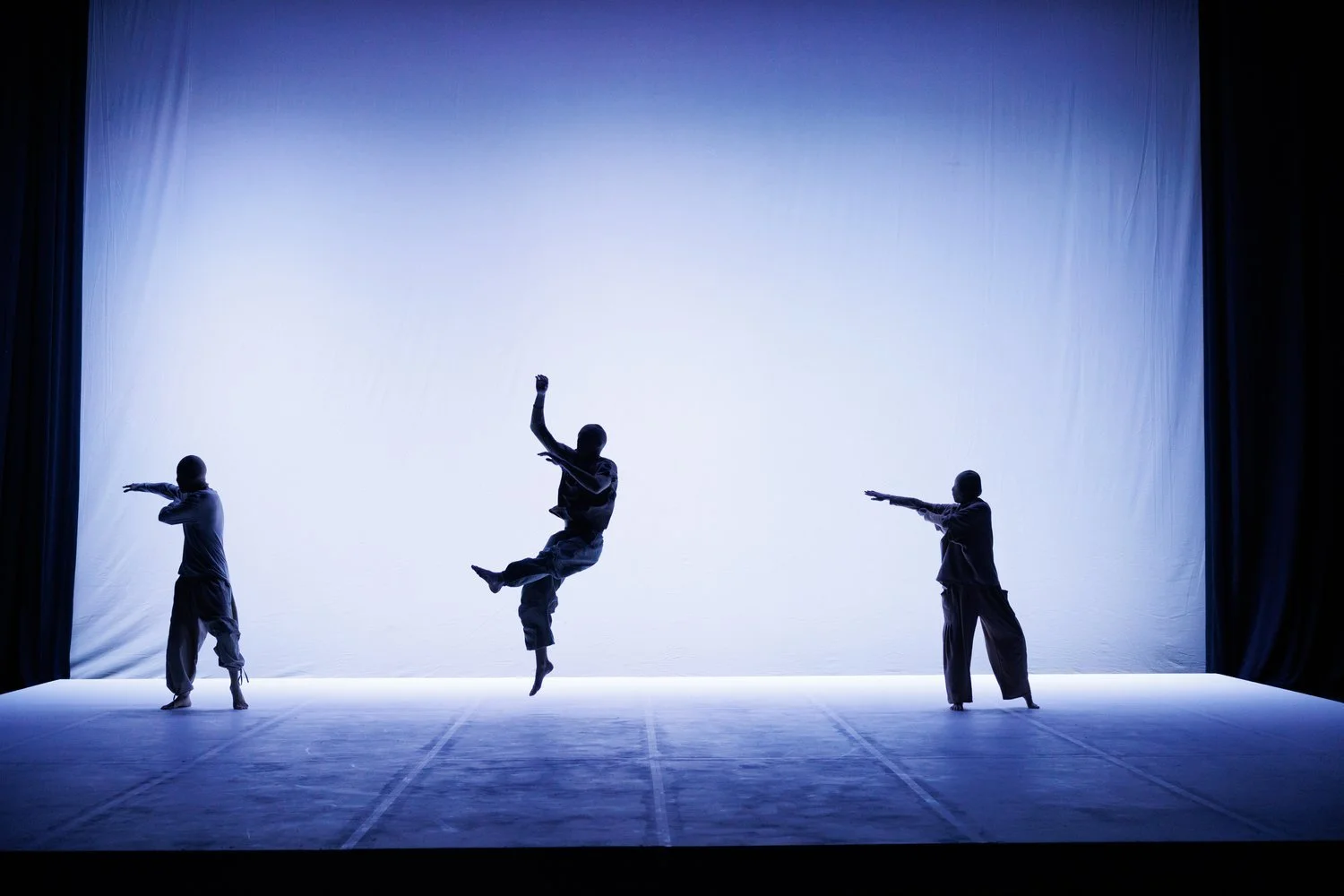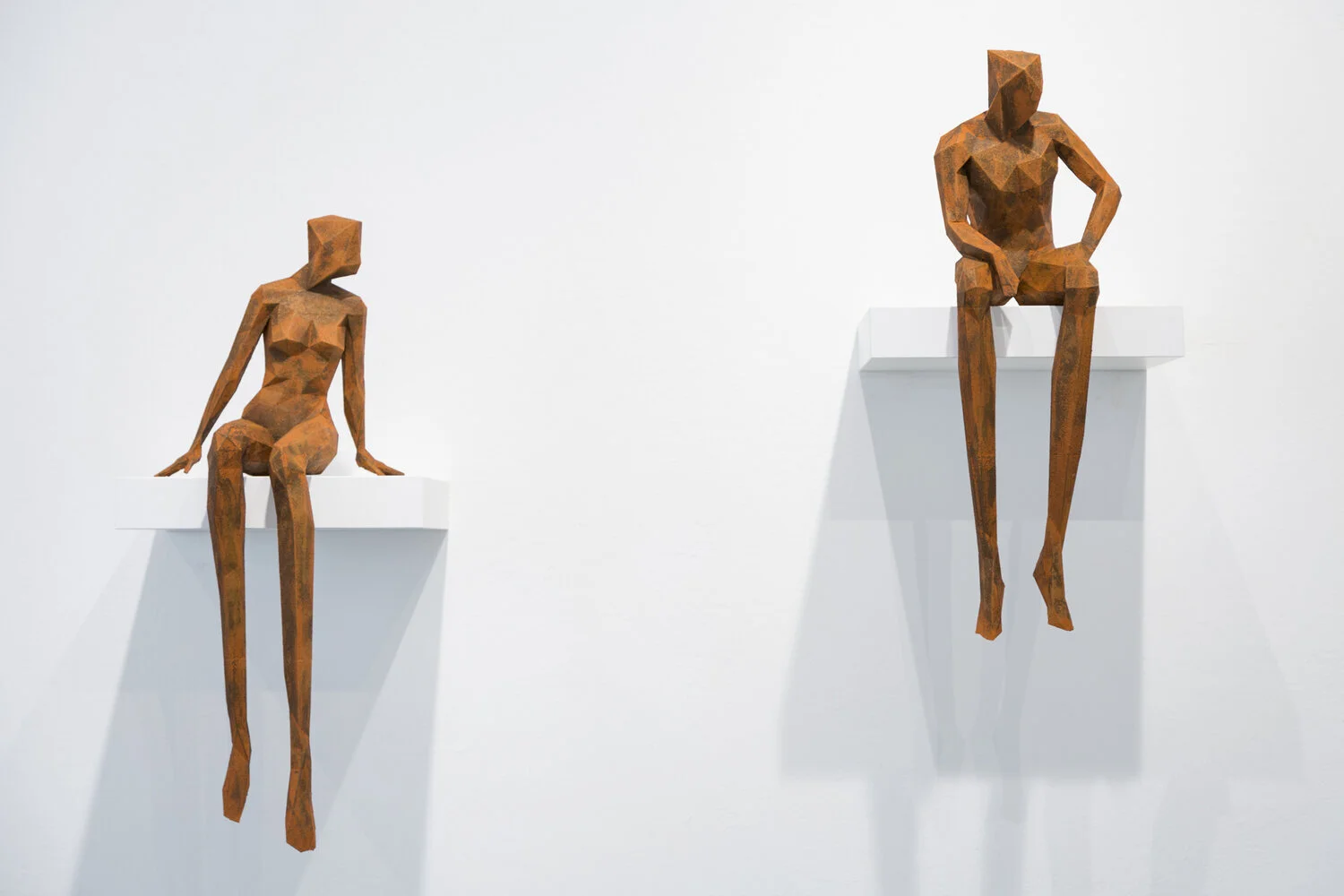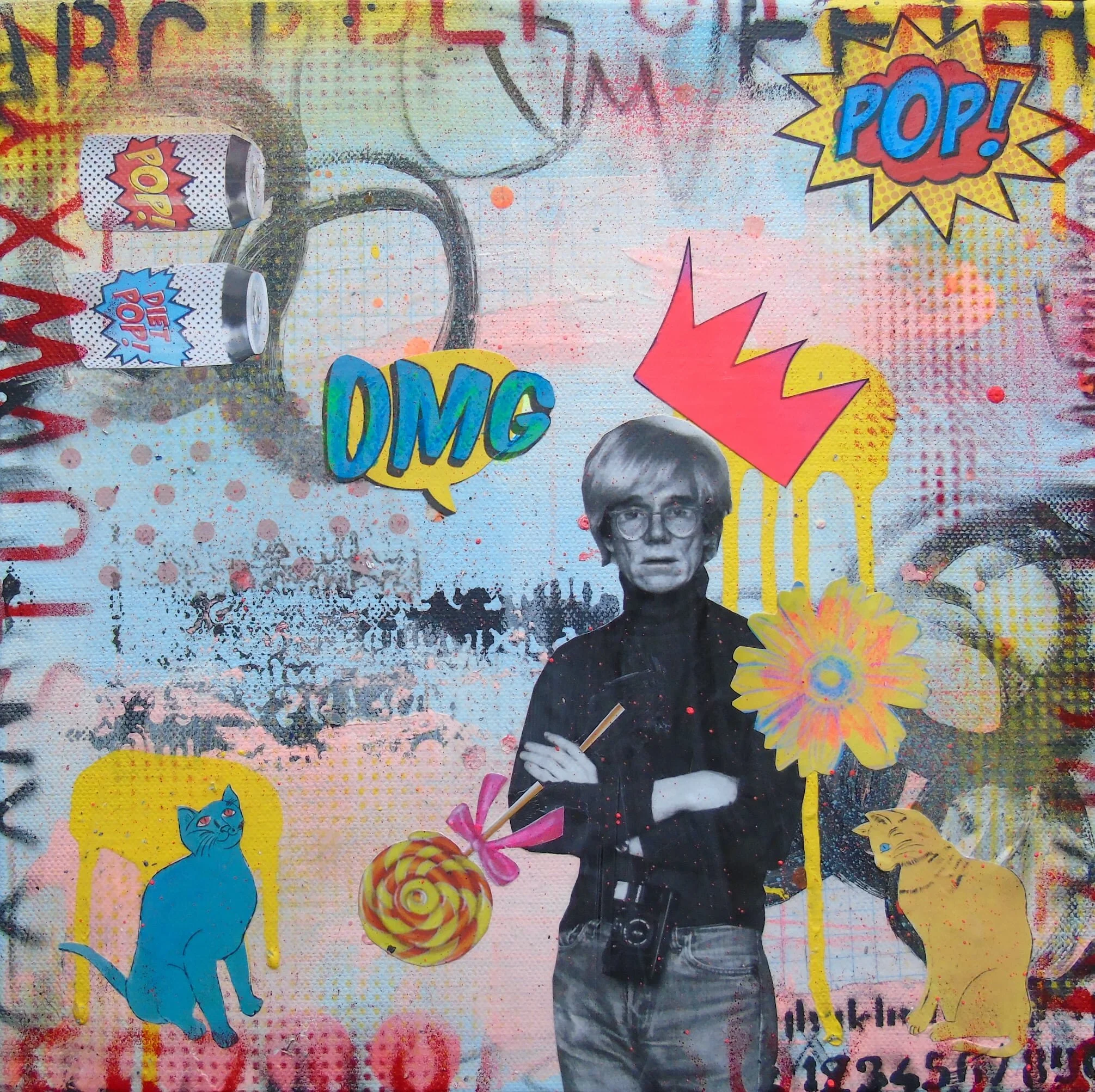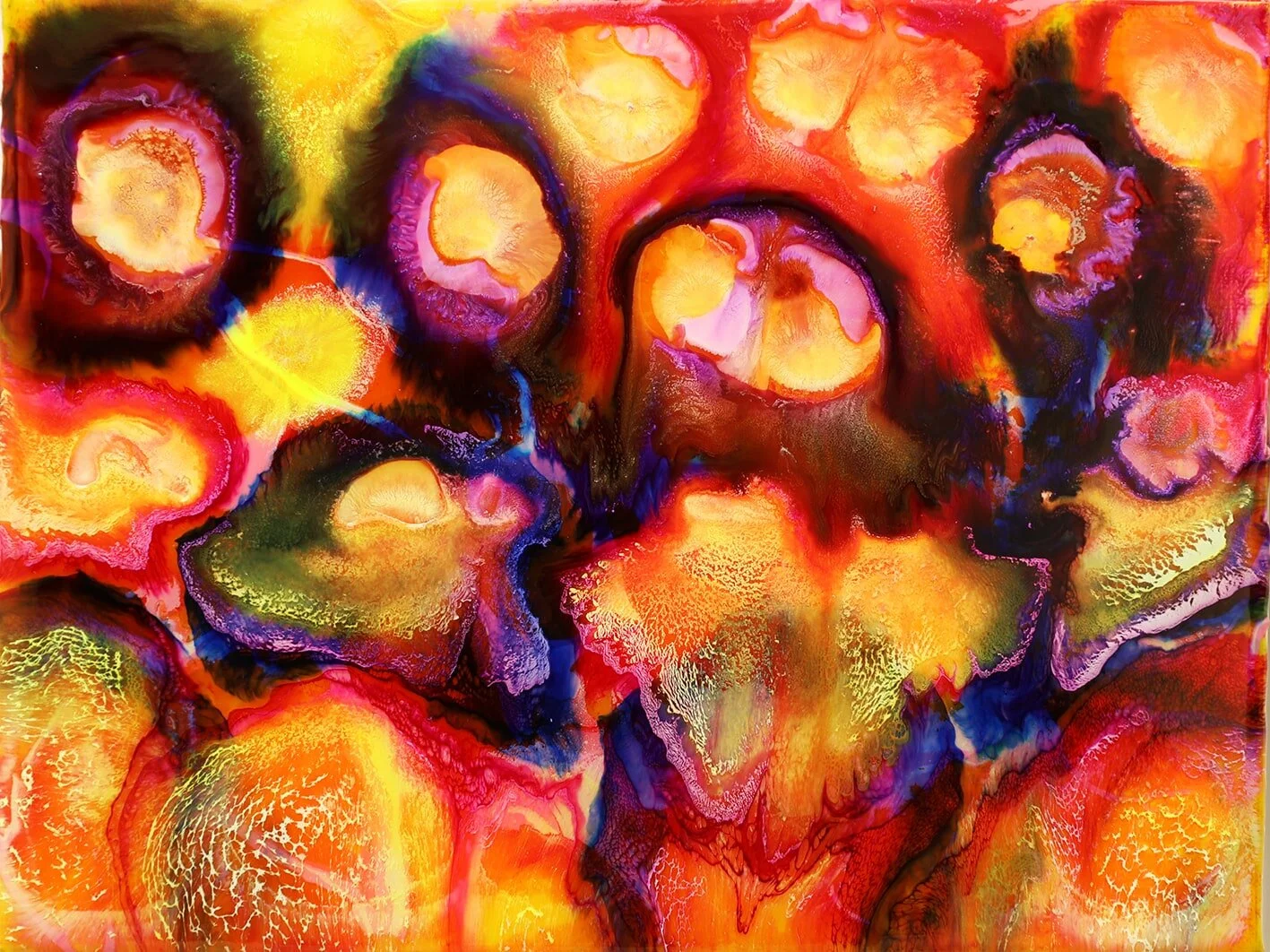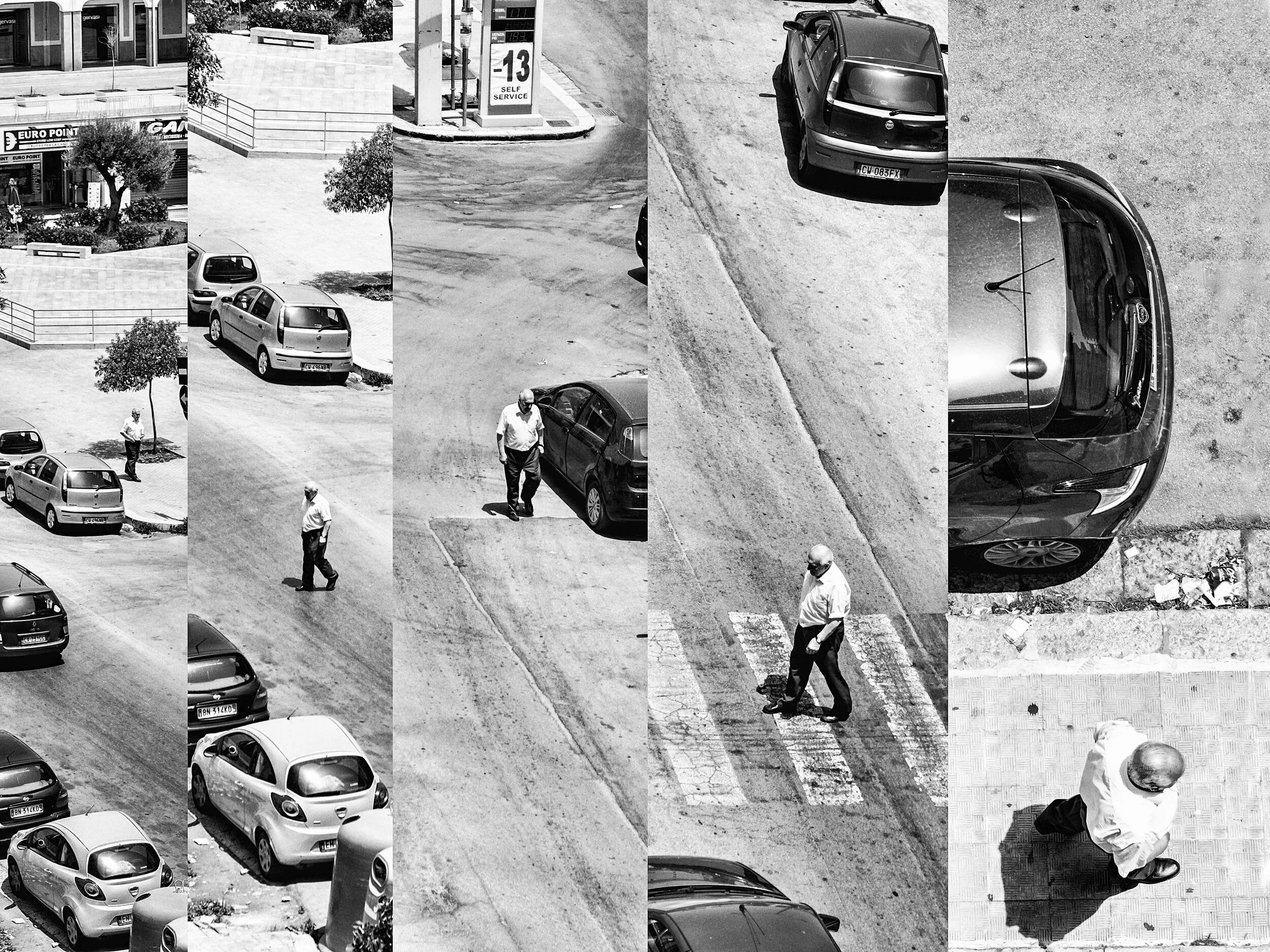Noor Taan is a German/Lebanese interdisciplinary designer currently based in New York City. Her work focuses on experiments with natural products such as in the Loofah project. Her artwork ranges from illustrations to photography and installation. It includes visual investigations using collages and digital art.
INTERVIEW | Nae Zerka
As a traveler of the analog-digital synthesis, the visual artist Nae Zerka never stops exploring. Nae's inspiration comes from digitalization, along with graphic design and music. Himself he produced electronic music and became a techno DJ in legendary clubs. His work blends the design element with technology, graphic design with a painterly finish.
INTERVIEW | Sofya Danilova
After a decade of constant work, Sofya Danilova got to the point where two-dimensional photography was just not enough to express everything she wanted to. As a seasoned photographer, she tried a hand in different styles, and in the end she started to create kaleidoscopes — images that can achieve the effect of space's enclosure and deeper immersion in the picture.
INTERVIEW | Ulziitugs Enkhbold
Ulziitugs Enkhbold is a Mongolian artist currently based in Winnipeg, Canada. She works across multiple disciplines and her practice is primarily concentrated around identity and heritage. Her paintings are often completed in oil, while her sculptures are mainly ceramic. Her current body of work consists of oil paintings that analyzes the relationship between immigrants and their home countries.
INTERVIEW | Marcello Silvestre
Marcello Silvestre’s artworks narrate the city through the emotions, the smells, the flavors and the noises. He relates the indissoluble relationship between man and city sculpting bodies, legs and arms on which he lets towers and houses arise in a continuous flow. He creates dreamlike visions and interweaving of soft lines, triangles and edges.
INTERVIEW | Aristo Vopĕnka
Aristo Vopĕnka explores the boundaries between photography, illustration, painting, and print. Using an experimental attitude towards these different media, new forms of expression take place. They are the beginning of a contemporary reinterpretation of expressionism which he has started to call experiential expressionism.
INTERVIEW | Ronit Keret
Ronit Keret’s recent work deals with the ecological crisis, the melting glaciers that have been changing due to the nature of human activity. The Installations that Keret creates are formed as a reaction to the given display space and the nature of the material she uses itself. Keret describes the transitions between good and evil in looking at human and nature relations and the gap between childhood dreams and catastrophic reality.
INTERVIEW | Lorette C. Luzajic
Every technical and philosophical facet of Lorette C. Luzajic’s art is committed to the application of mixed media, redefining the term to include concepts and ideas as well as tangible physical materials. This cross-genre pasticcio is born from and dependent on collage, which naturally experiments with subliminality, intercontextuality and the unexpected narratives that emerge from both playful and planned juxtapositions.
INTERVIEW | Sam Heydt
Sam Heydt is an American social practice and recycled media artist. Working across different media, Heydt presents an abstract proposition for a world on the periphery of history, one that not only appears haunted by the ghosts of the past but built on it. Her work has been shown in galleries, museums, art fairs, and film festivals worldwide.
INTERVIEW | Sudesh Prasad
Sudesh Prasad is an American artist. He began working as an artist in New York in 1986. His abstract works focus on the collaborative nature of the artist and the viewer. His Cool Empire II series is made of prints from European painting torn from books and overpainted, in an attempt to re-focus the notion of the viewer and their place in the nature of images, painting, and looking at art.
INTERVIEW | Bob Landström
Bob Landström is an American artist who primarily works with crushed, pigmented volcanic rock. His abstract paintings, with their highly granulated texture and color combinations, only achieved through such a medium, reconsider our relationship with “primitive” art by elevating the iconography of ancient languages, science, religions, and mysticism.
INTERVIEW | Nogueira de Barros
Nogueira de Barros is an award-winning artist, born in 1964 in Almada, Portugal. He regularly exhibits, having participated in prestigious collective exhibitions and several individual exhibitions. In 2001, he began exhibiting outside the country, highlighting the city of New York and London. In 2021 he was invited to be part of the international jury at the Torso International Art competition, India.
INTERVIEW | Josefina De León
Josefina De León’s technique is based on acrylic. She explores a different world, full of textures, colors, and sensations with her paintings. Through each work, she seeks to transmit the peace and joy that she feels when creating, making every piece so unique that they can fill any space with light and energy. She considers art as a doorway to freedom and her own female empowerment.
INTERVIEW | Ekaterina Zhingel
Ekaterina Zhingel is inspired by articles on scientific hypotheses and discoveries in physics and neurobiology. Her latest series is devoted to the nonlinearity of time. In the series, Ekaterina was photographed against the background of the street and kept this moment for herself. She left no more trace. This photo is the only proof of her short presence at this place.
INTERVIEW | Giuseppe Francavilla
Giuseppe Francavilla tries to make the documentary discourse something universal starting from the particular. He dedicates himself mainly to street and documentary photography, working and exhibiting internationally. For Francavilla, photography must not only archive visions of the present but also be the object of evaluation and criticism of the territory for the future.
INTERVIEW | Izosceles
American visual artist Izosceles produces vibrant, fun pop-ish visual compositions that are irresistible and attention-grabbing. Heavily influenced by pop cartoons, the artist hopes to make them a serious contender in the art world that are just as worthy of admiration and attention as fine art paintings.
INTERVIEW | Peter Backhaus
Peter Backhaus is an award-winning artist based in Sweden whose paintings have been exhibited nationally, as well as in Luxembourg, Germany, Denmark, and China. He describes his works as being created in a space that lies between "intellectual thinking and uncontrolled instinct". Backhaus refers to his compositions as inner pictures with no purpose, where "total silence and total chaos co-exist”.
INTERVIEW | Olga Nikitina
Olga Nikitina “When I am underwater, I feel the ocean energy and unity with nature, the silence around. Only I can hear my breathing and sometimes fish rambling. It is easy to enter a trance state when painting underwater. Rays from the sun penetrating through the water are magical - you can see and feel that this is the point where two different worlds intersect and mix – and this is a favorite subject to reflect in my paintings.”
INTERVIEW | Marit Otto
Marit Otto is a multi-disciplinary artist. Her artworks have a strong sense of aesthetics and a firm arrangement of color and composition. Otto’s art is often a personal reflection of social issues and current affairs. To the artist, innovation is not a purpose in itself but the result of progressive insight and the need to stretch and push her own boundaries.
INTERVIEW | Salvatore Mauro
Salvatore Mauro is an award-winning Italian artist. His art opens in two directions, the first is a more performative expression, where the central element is the interaction with the viewer of which he becomes the protagonist. The other concerns sculptural elements, which he calls "lightboxes and constellations", which are created to last over time.





